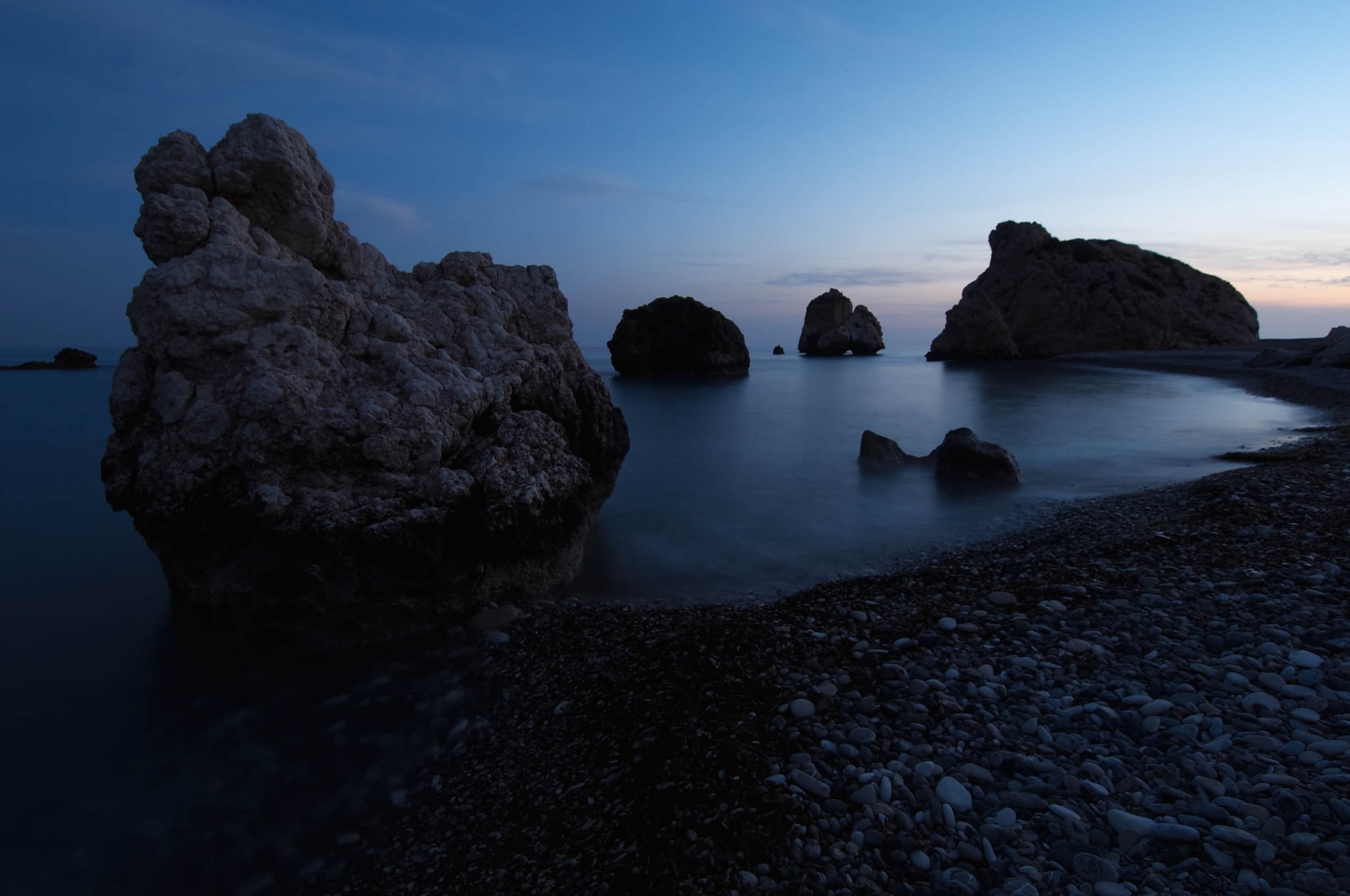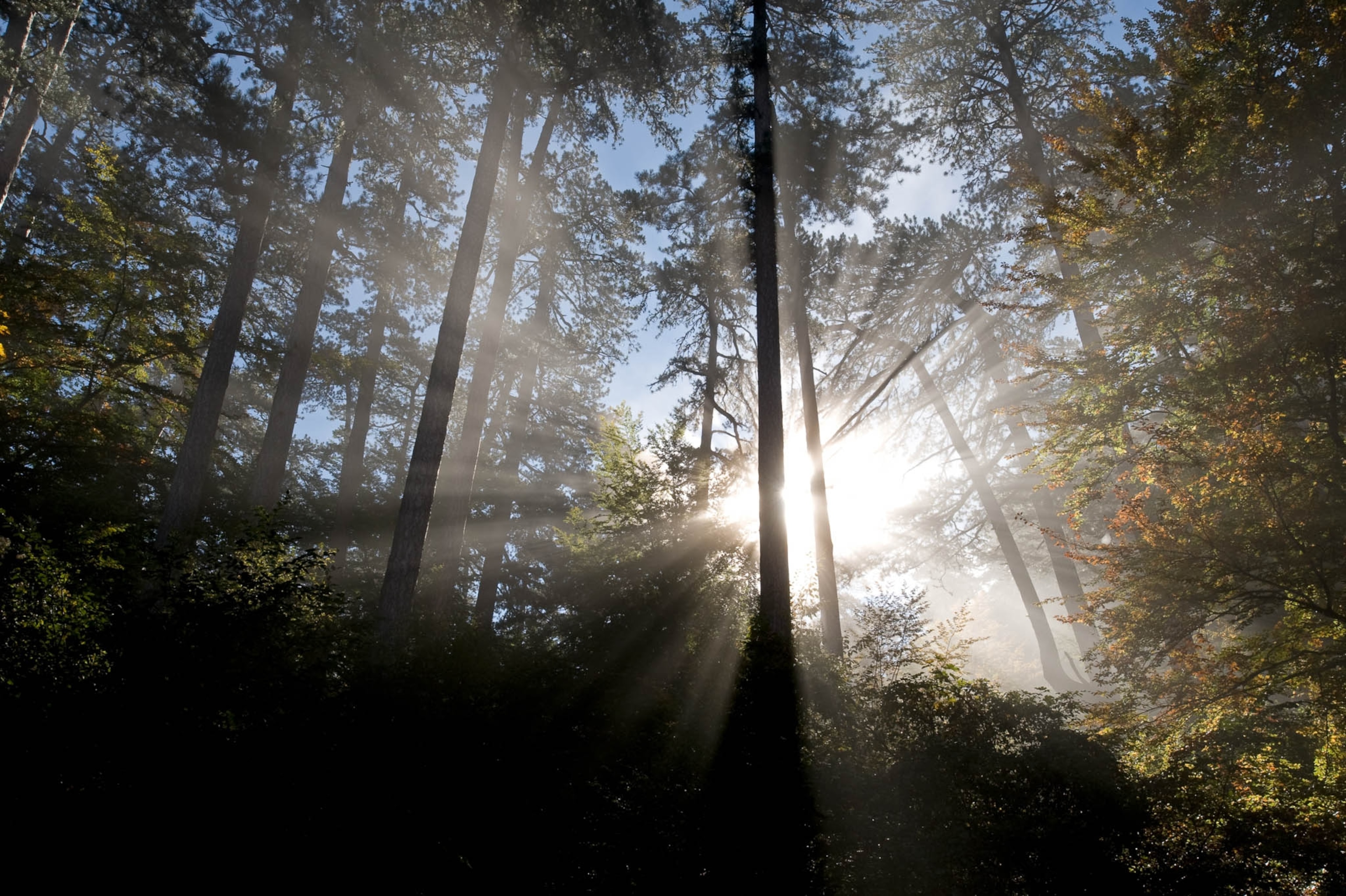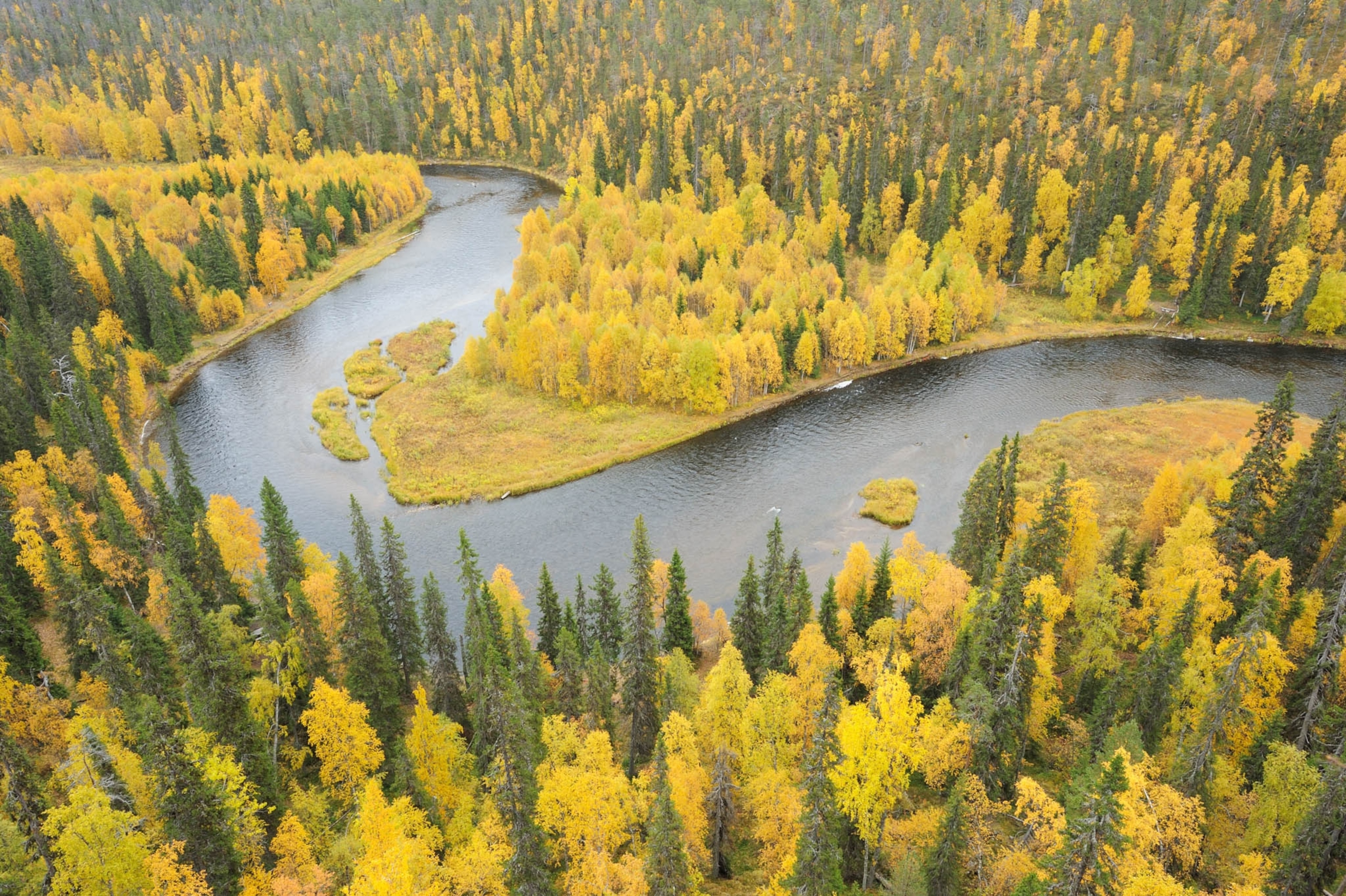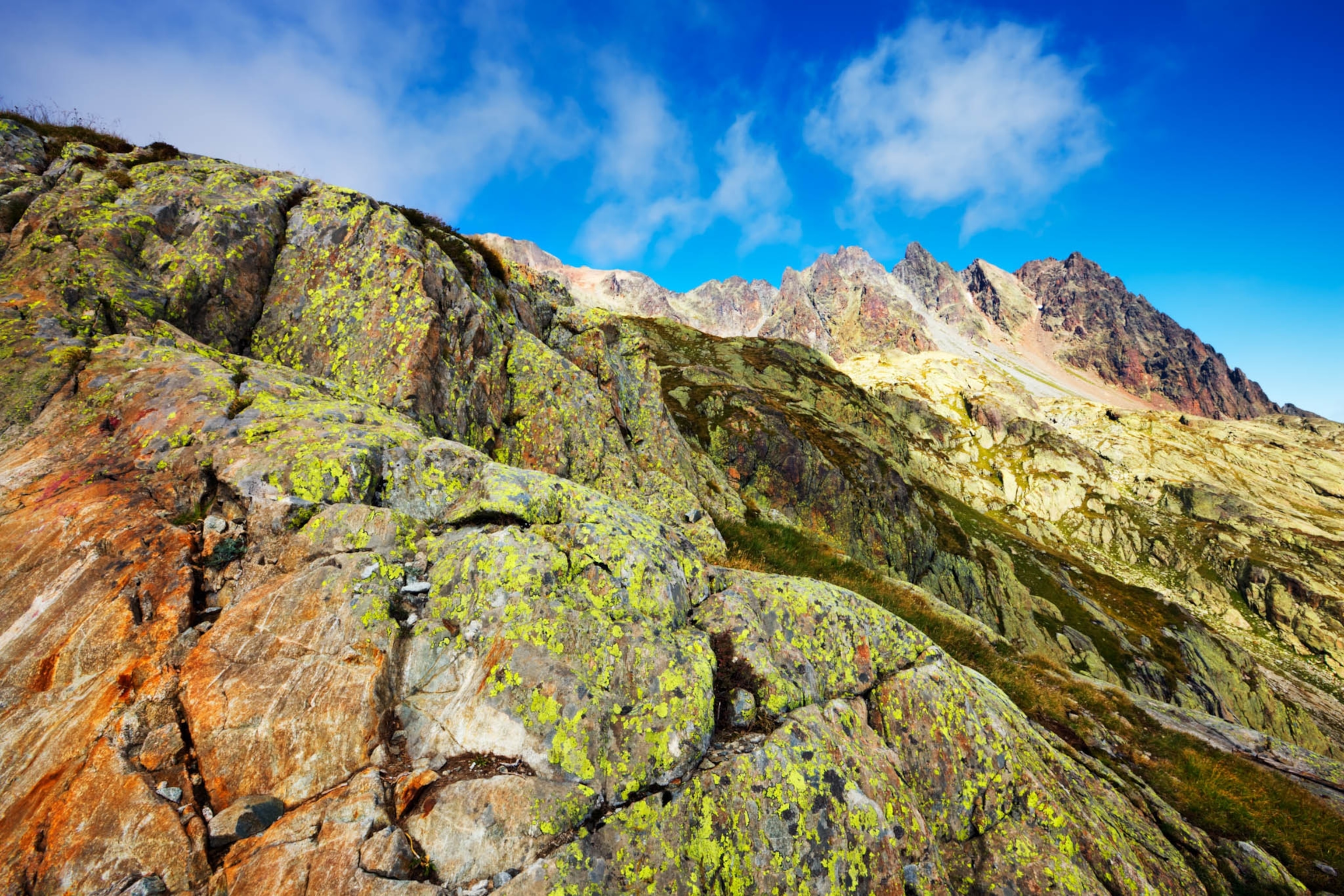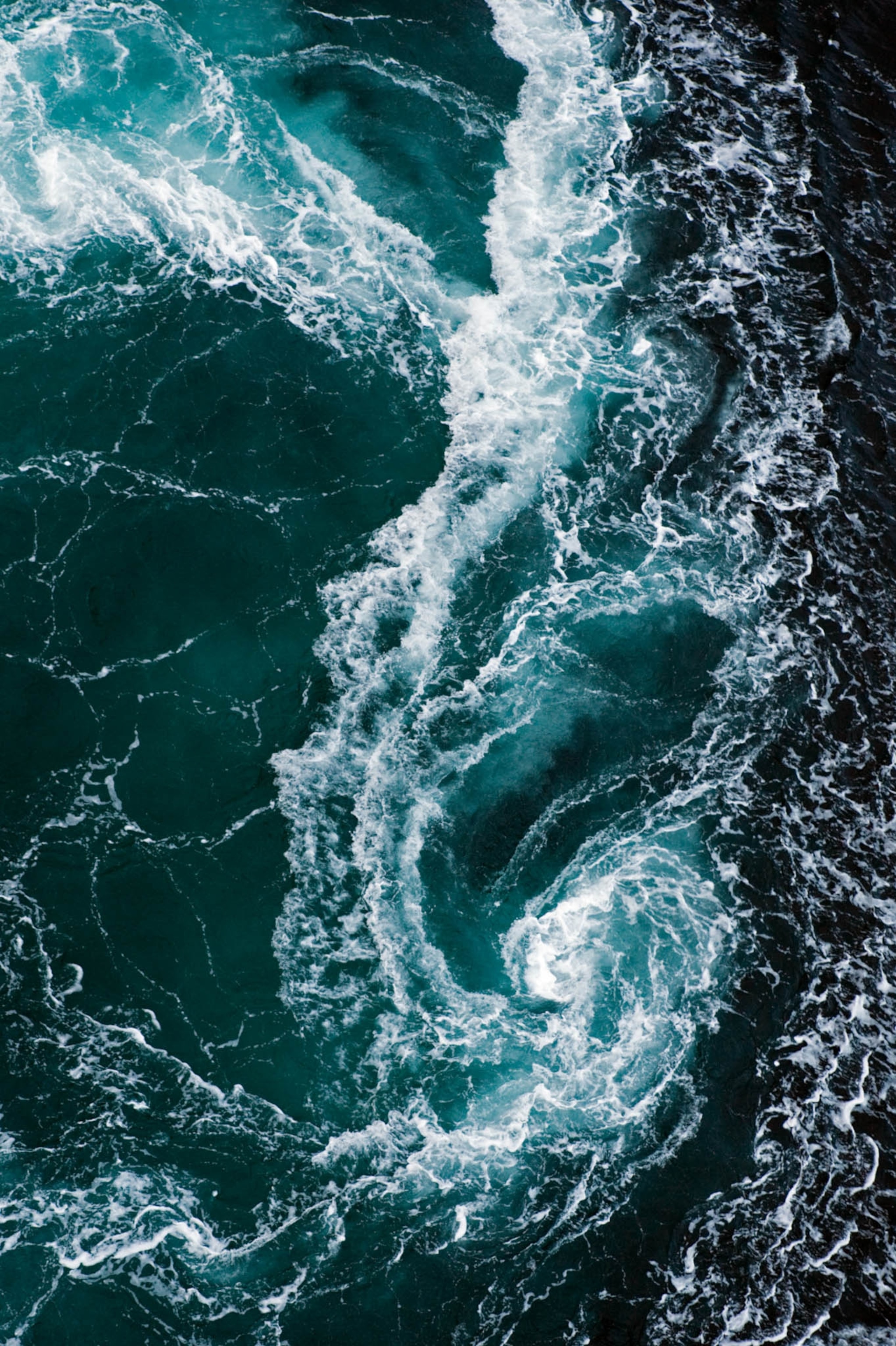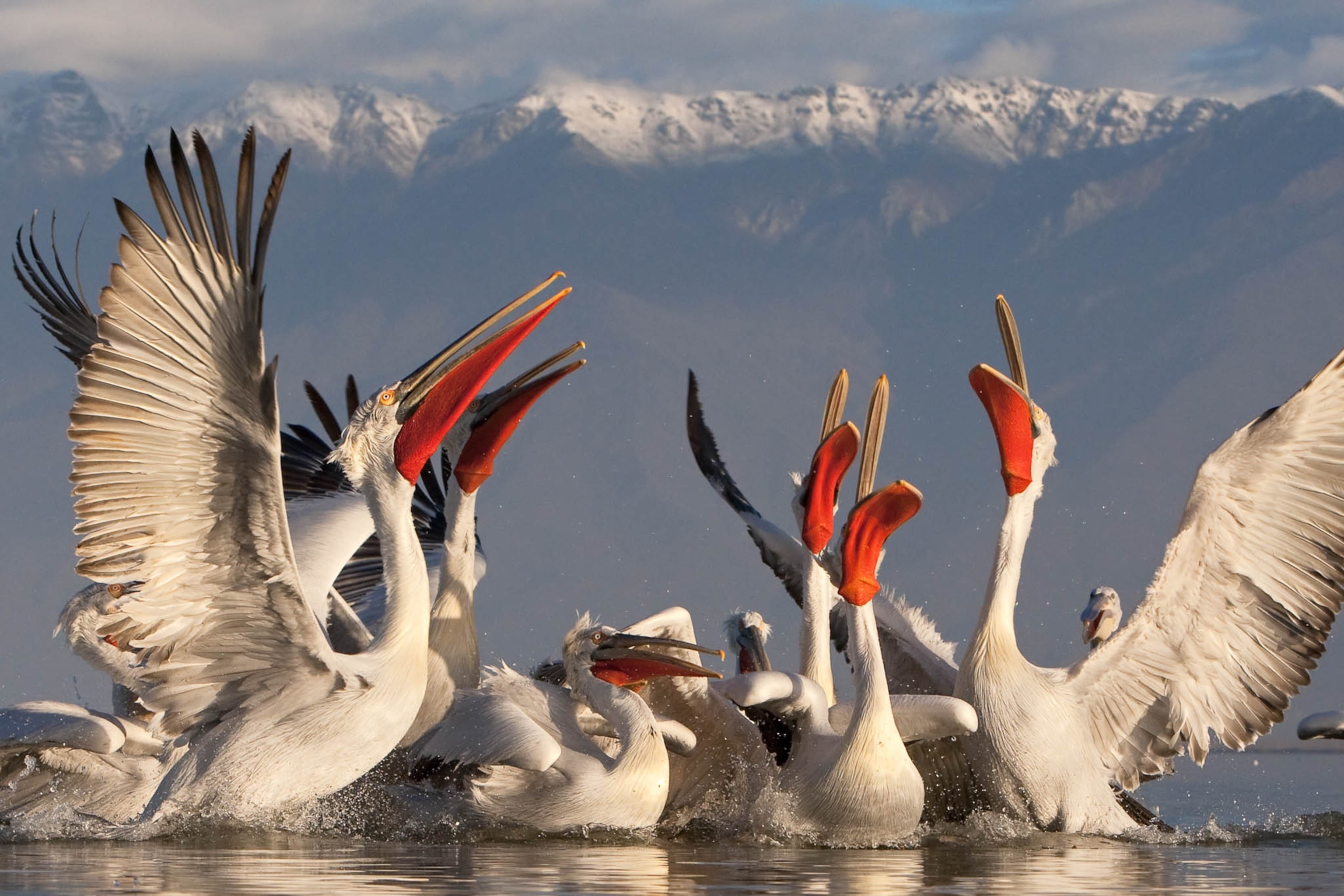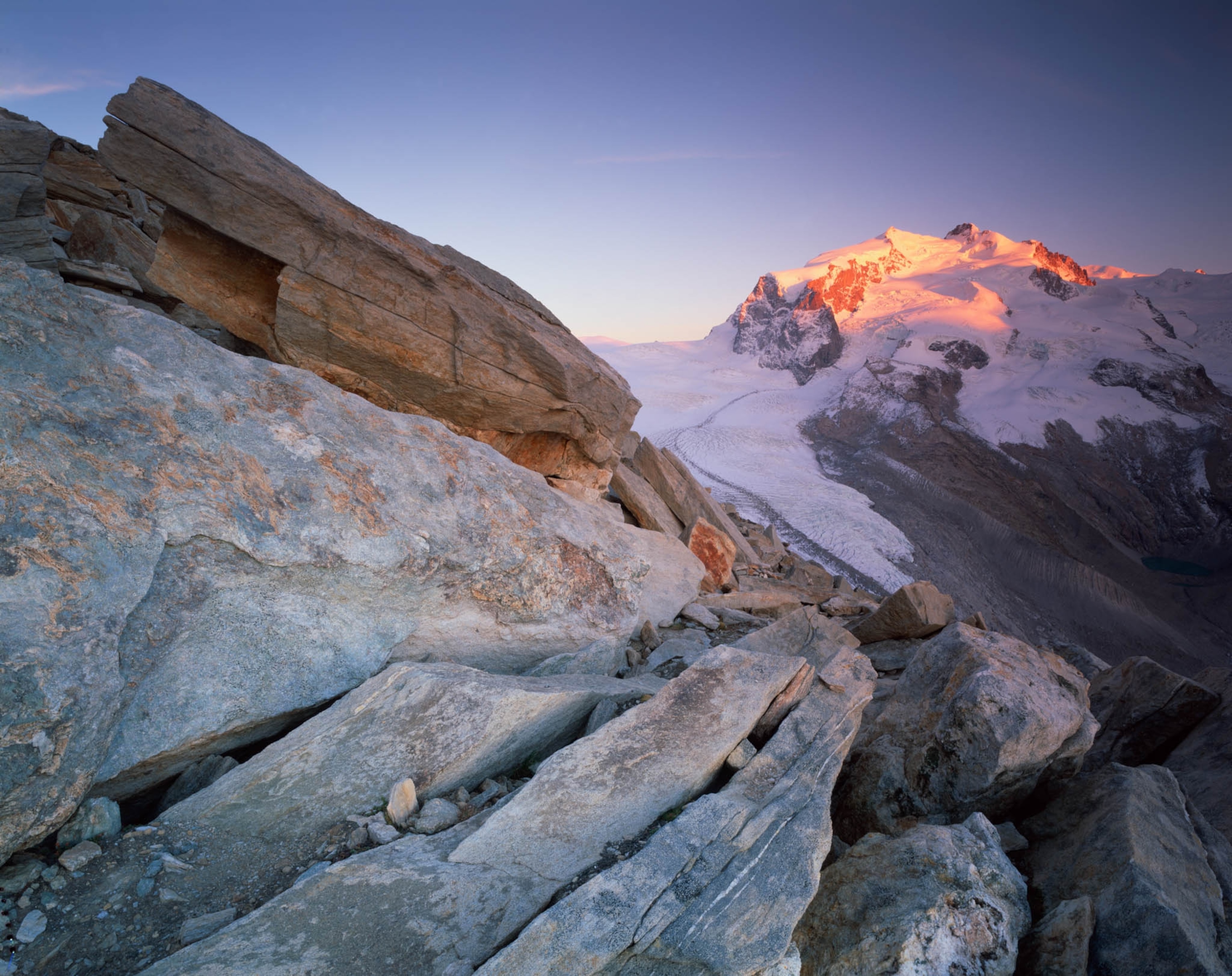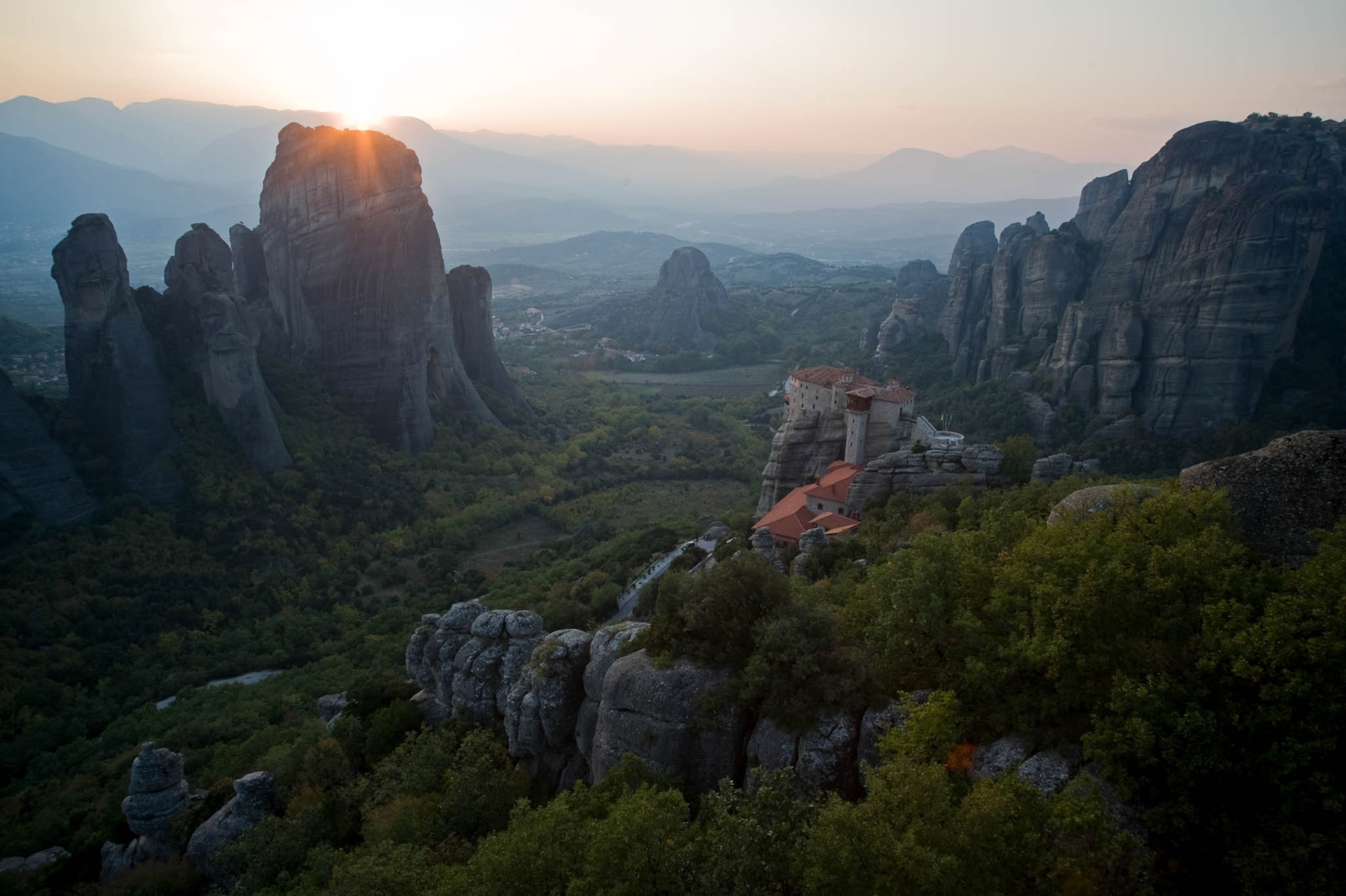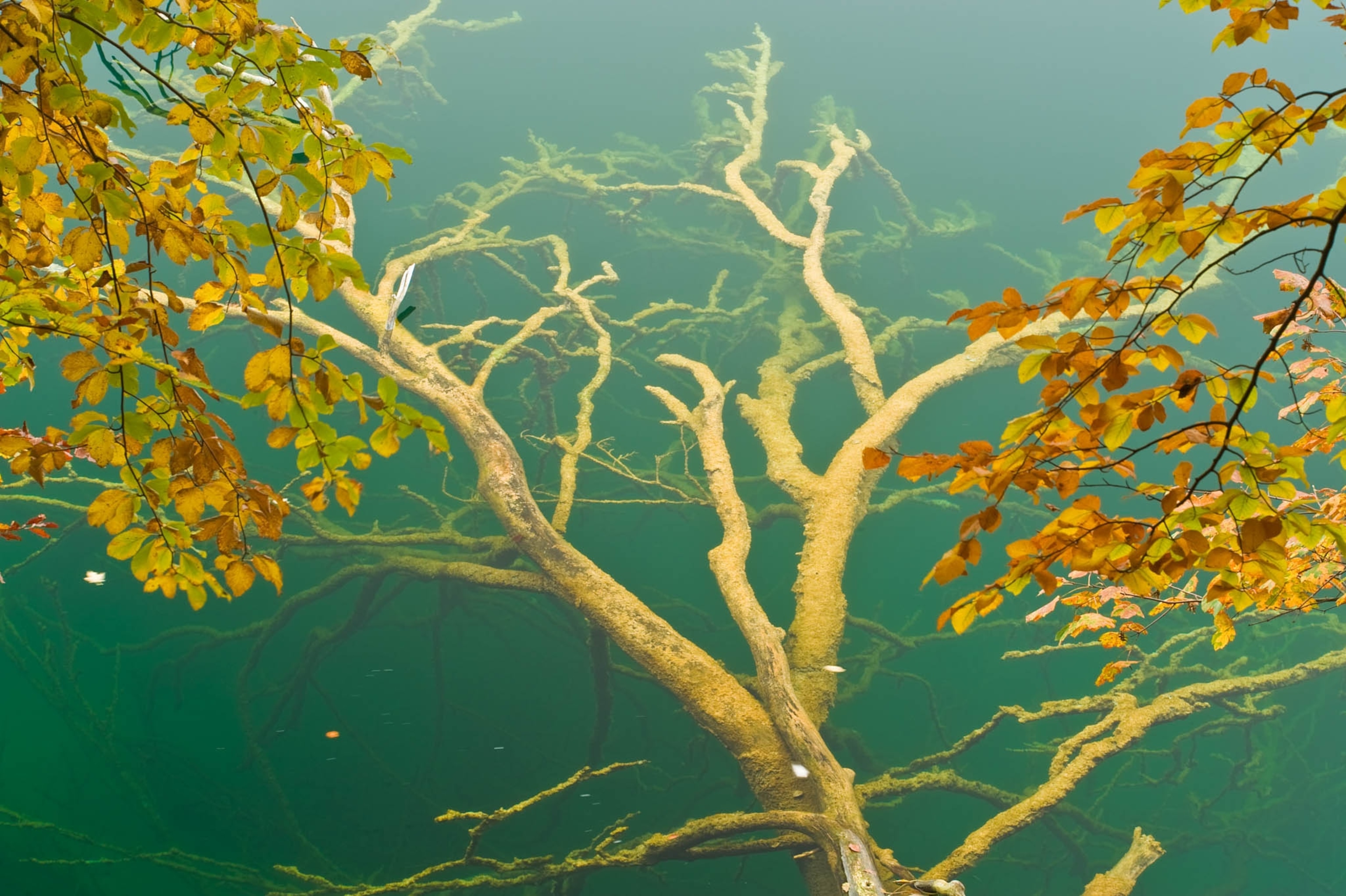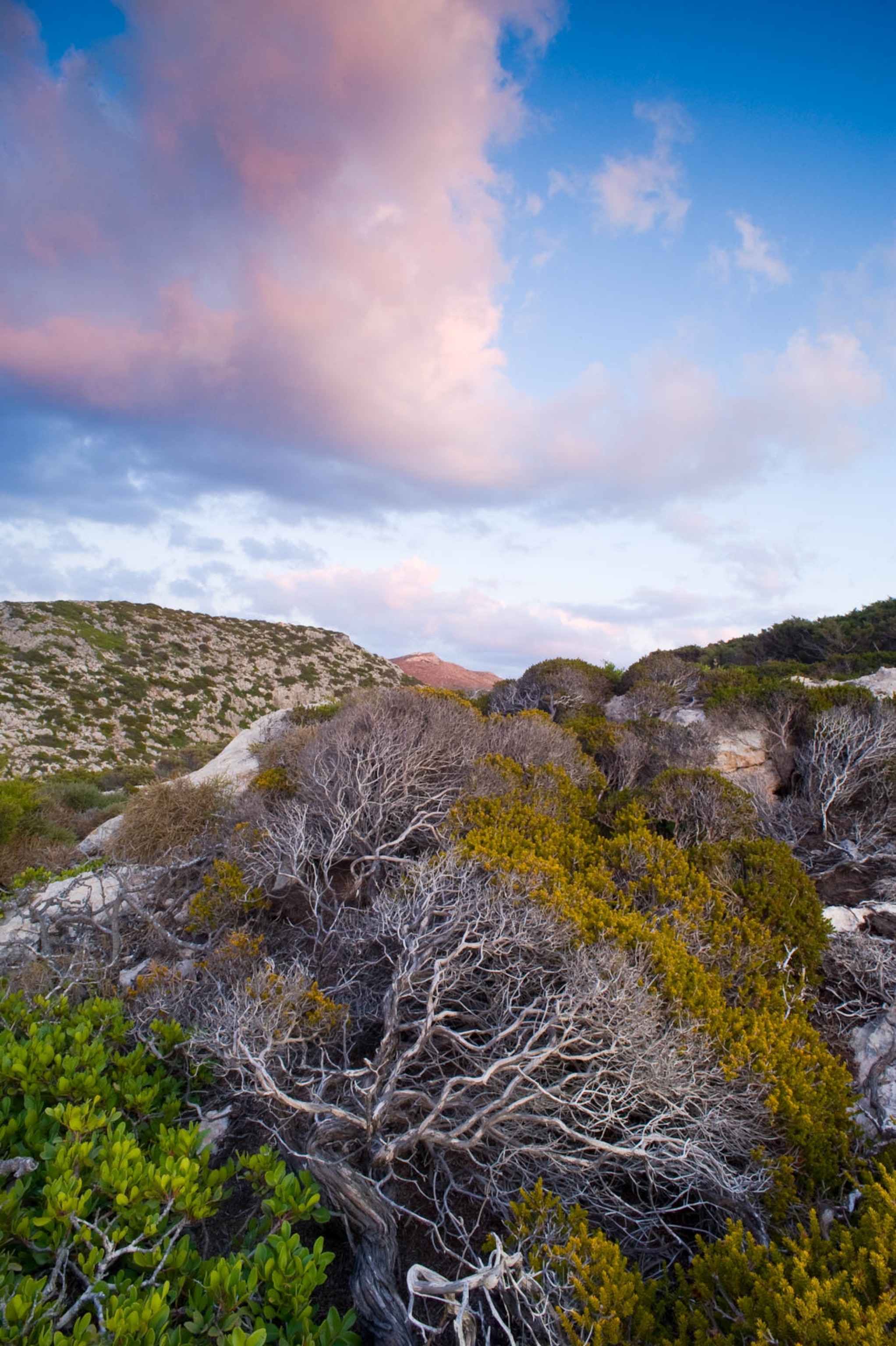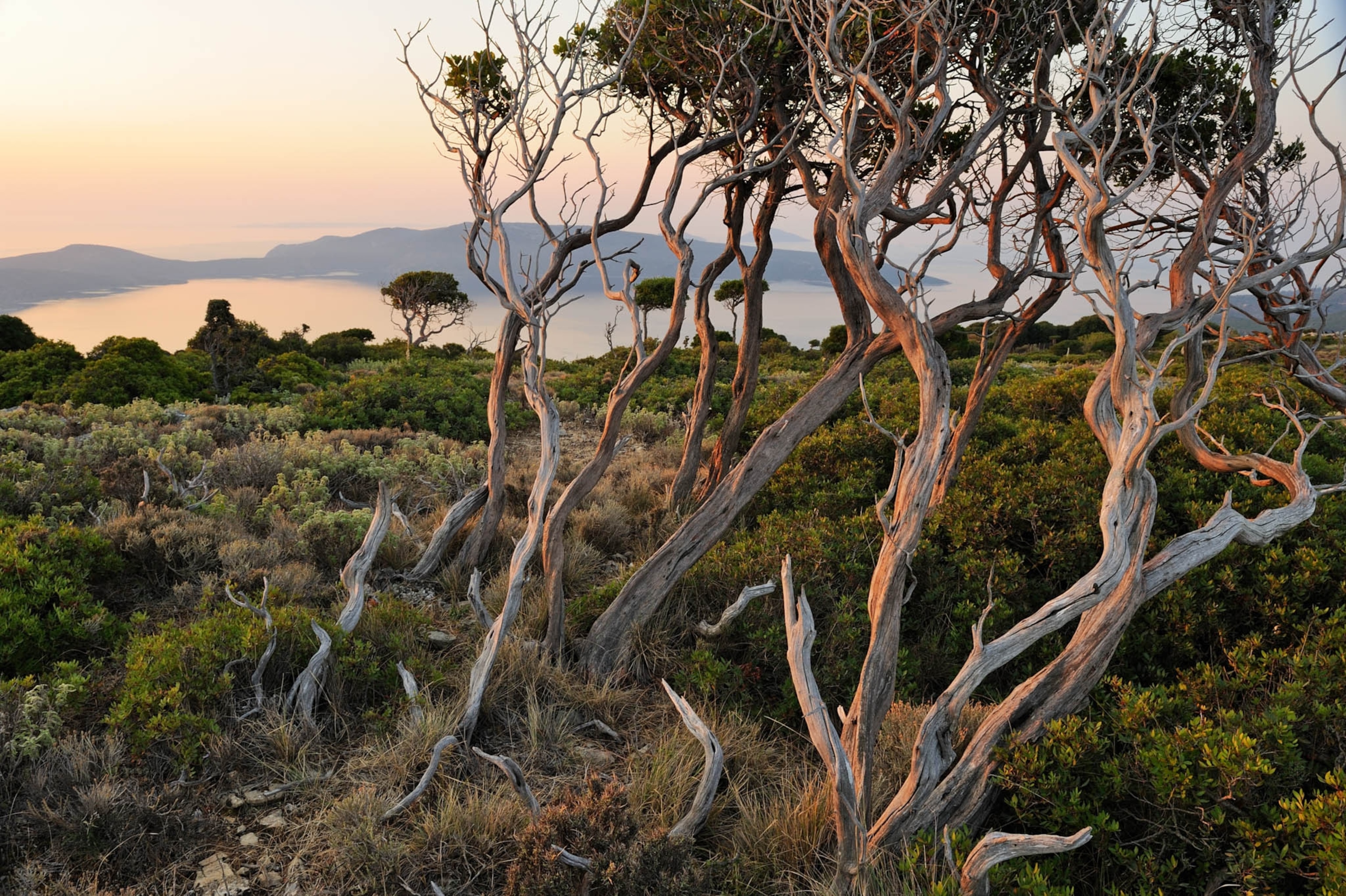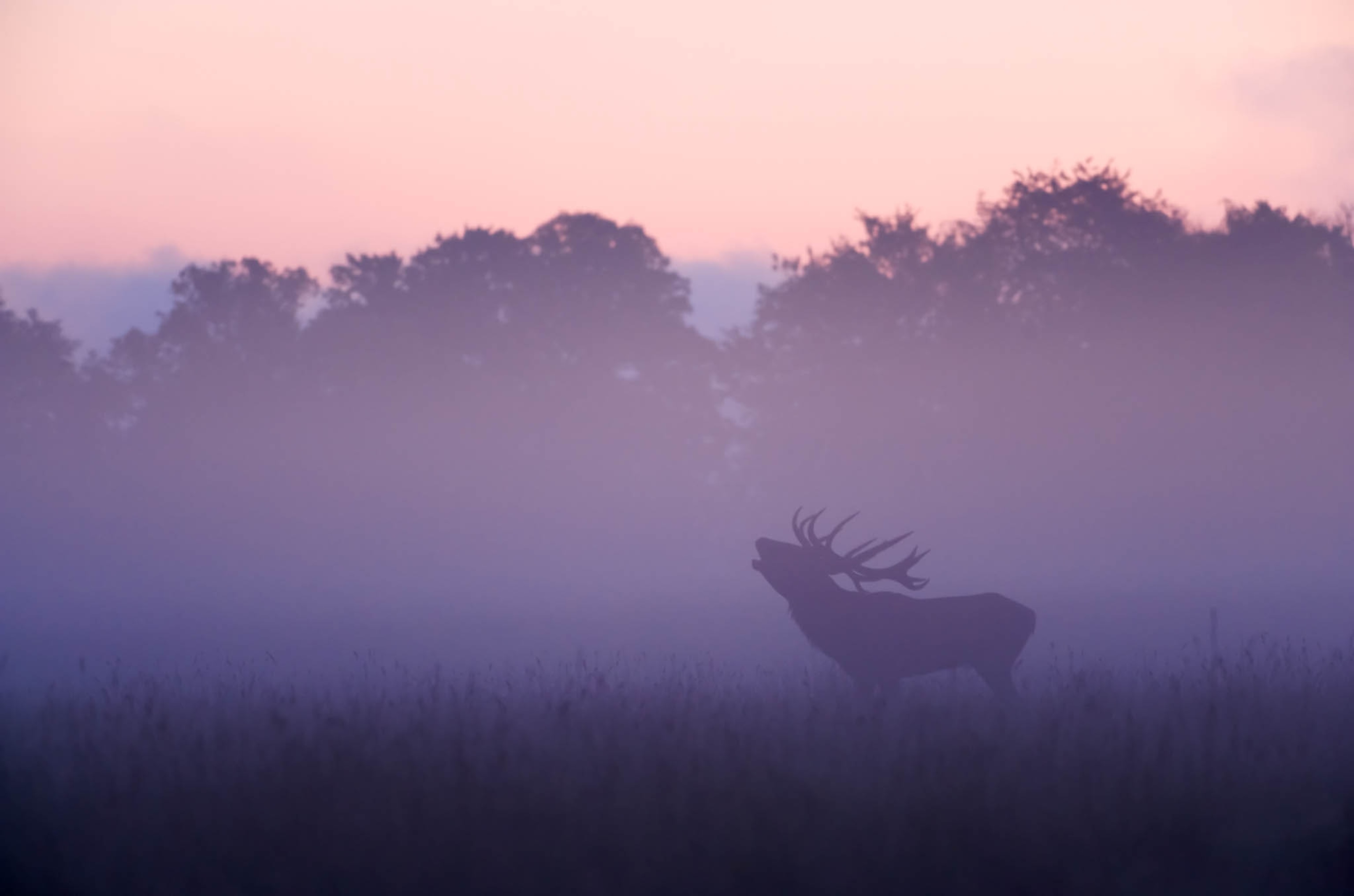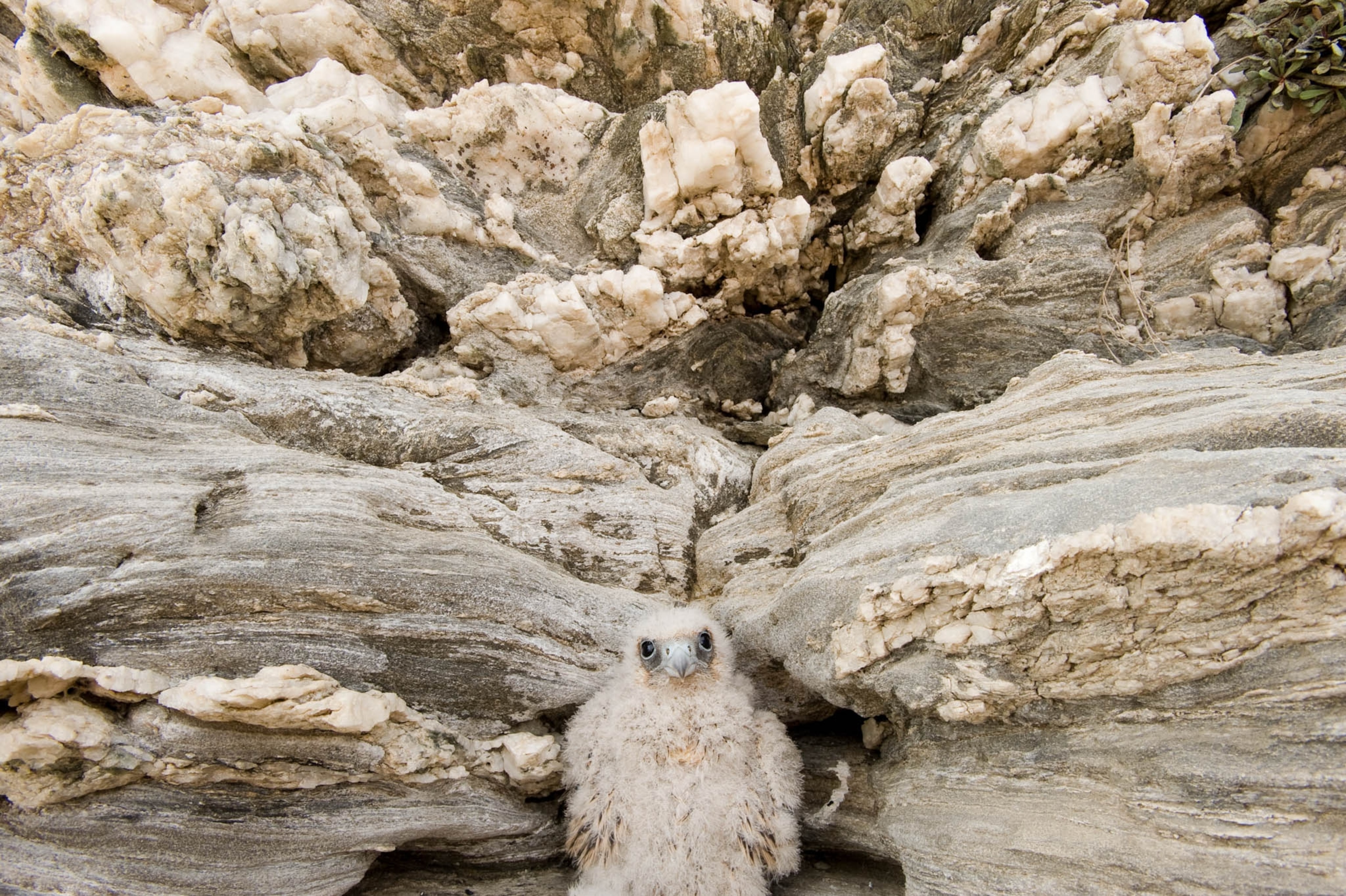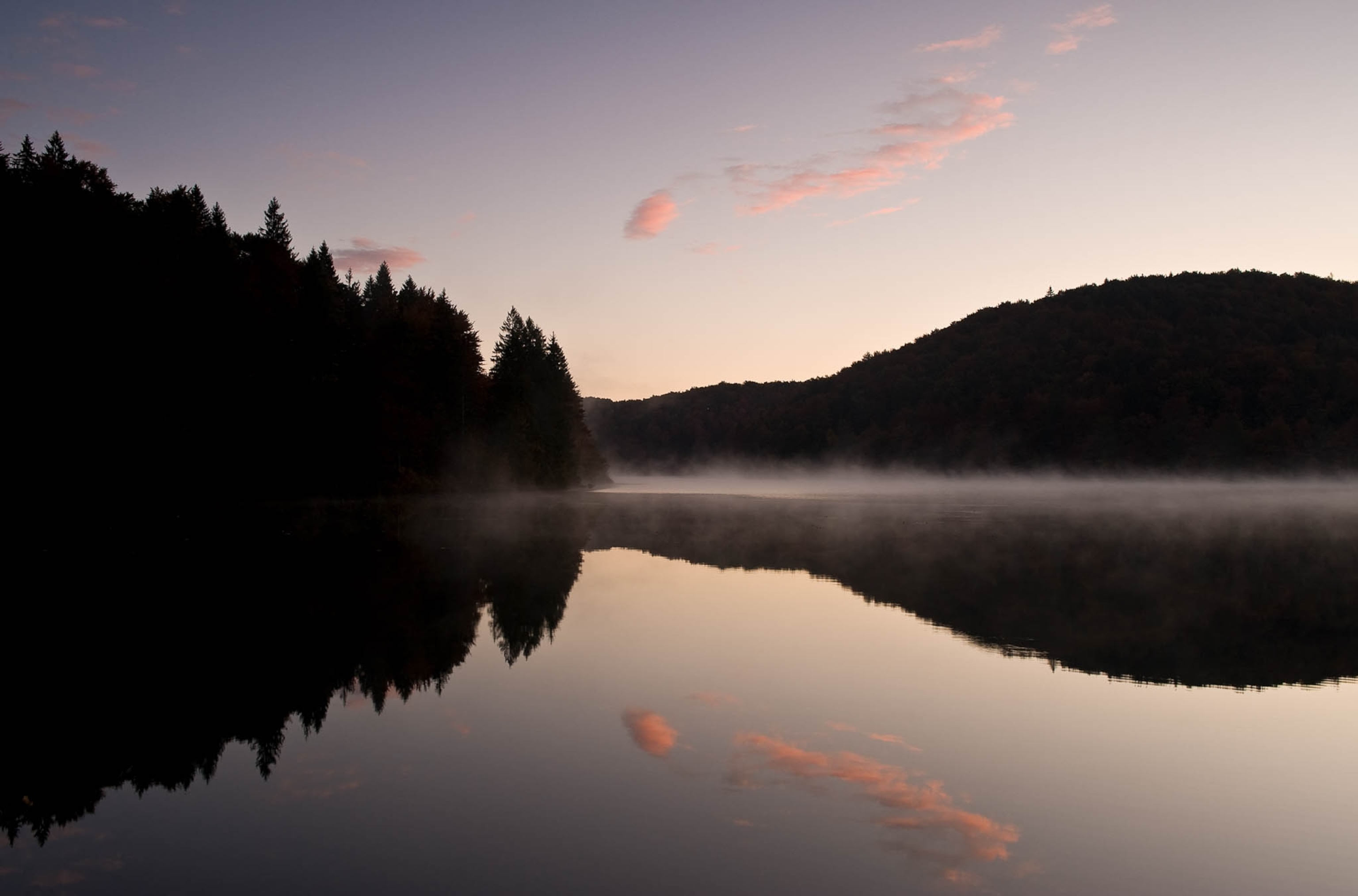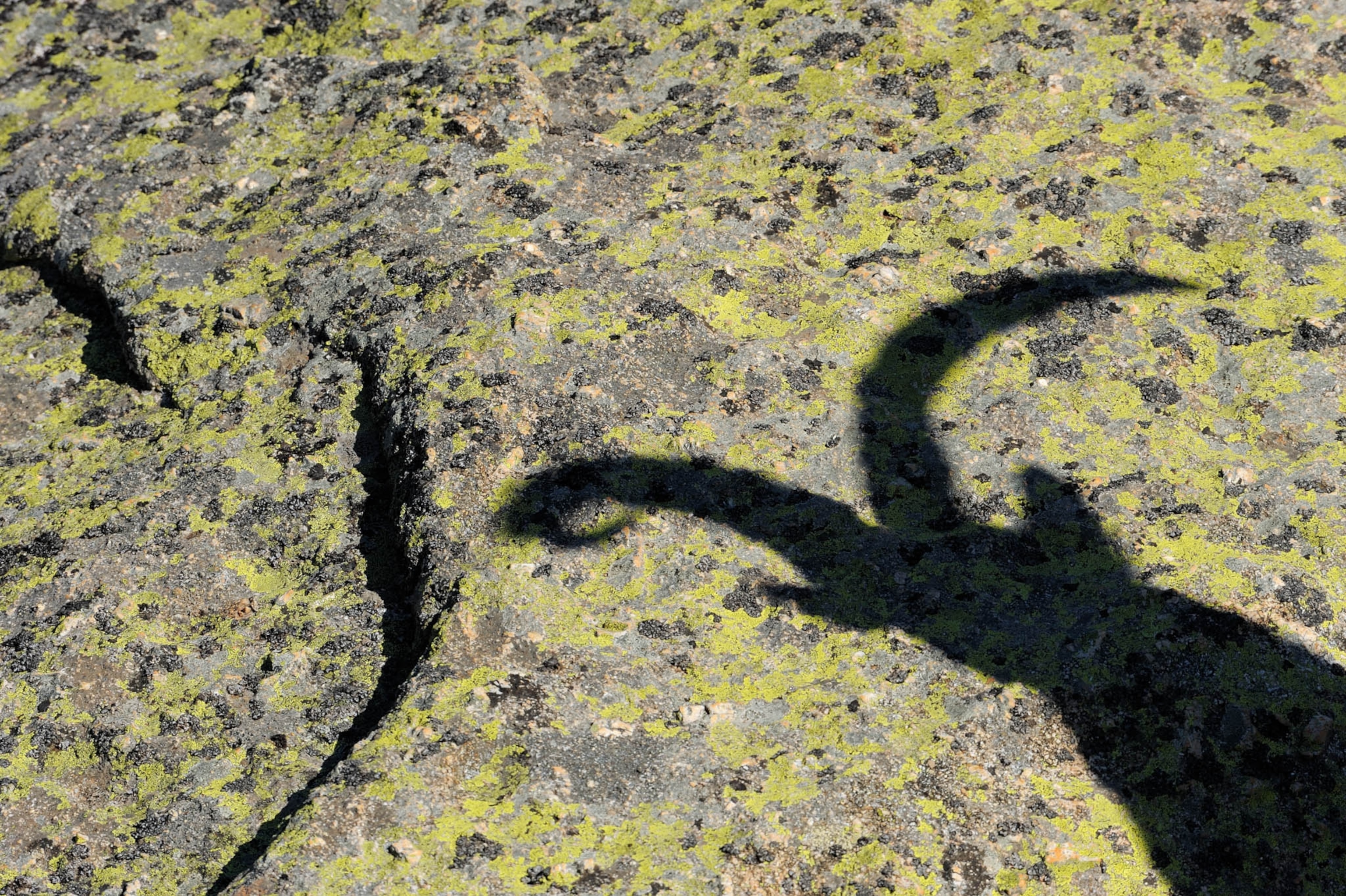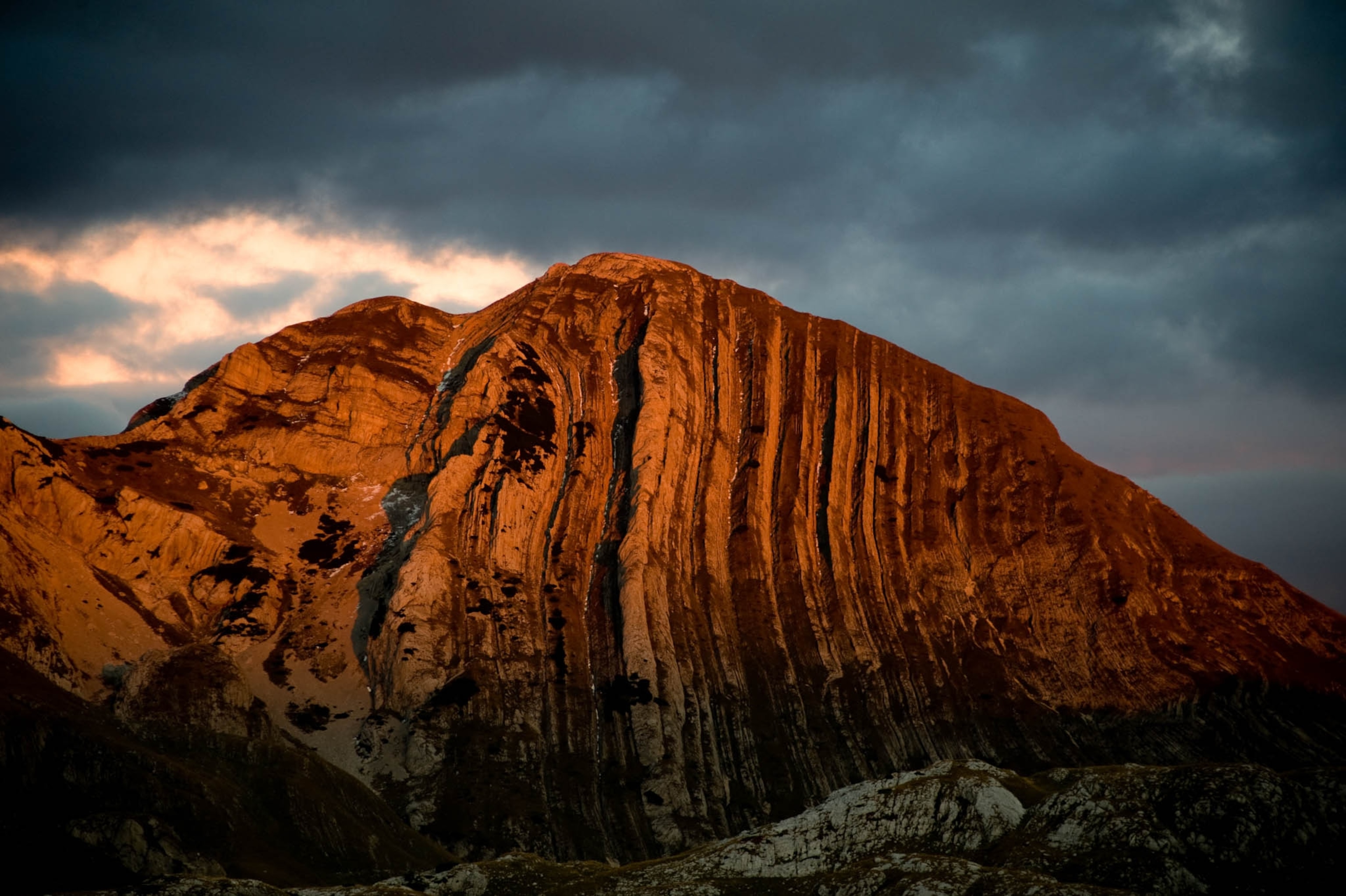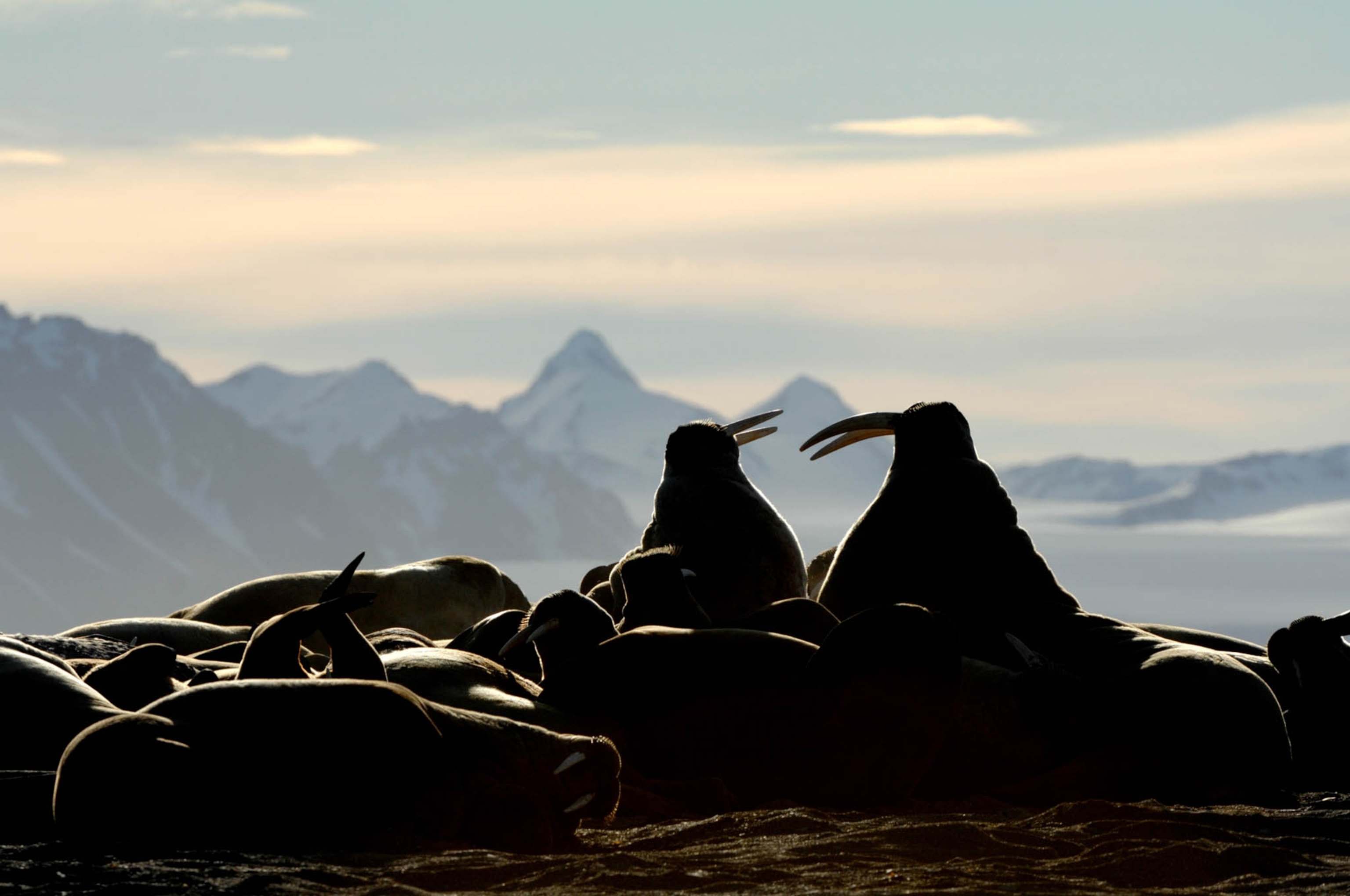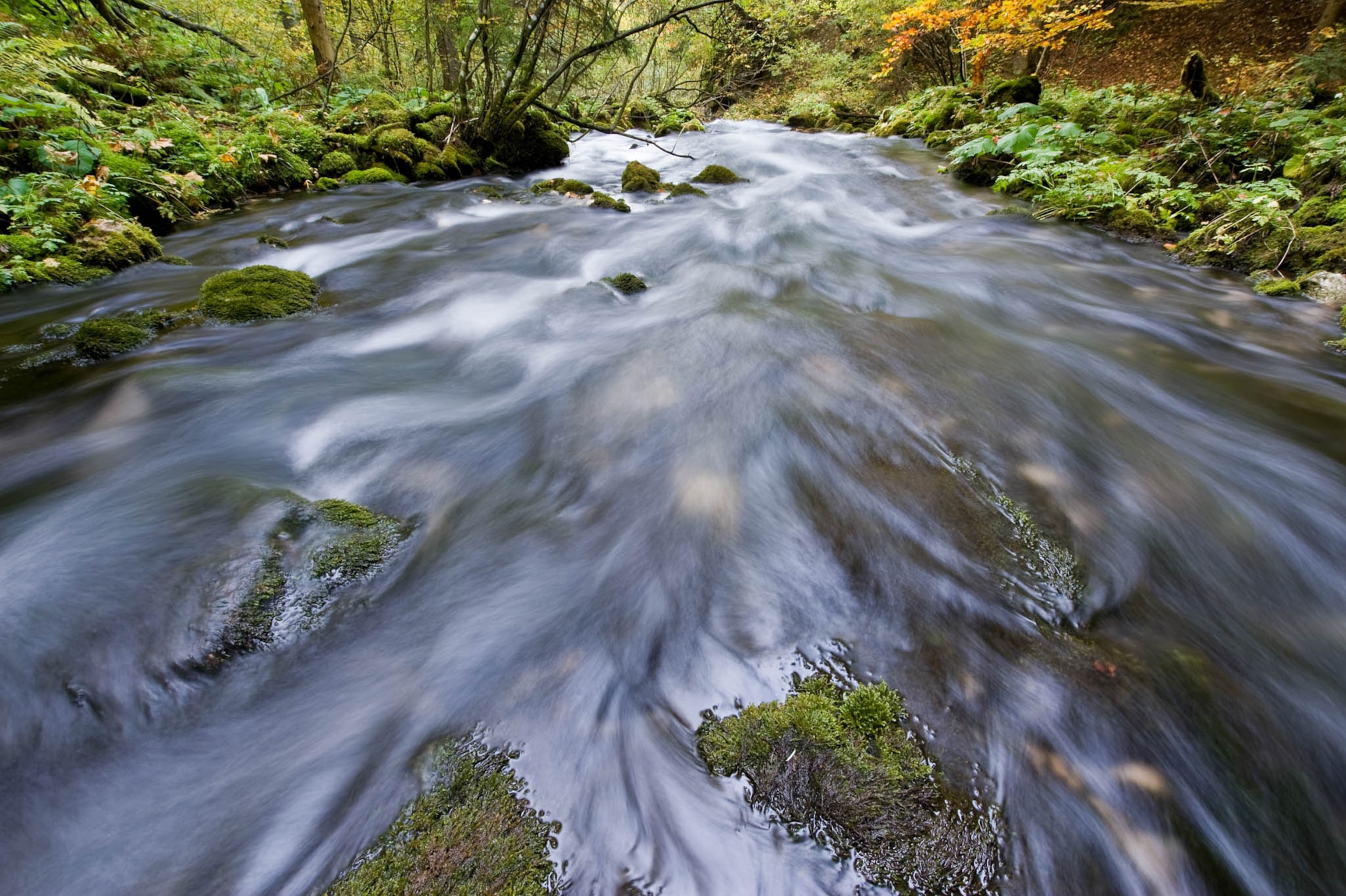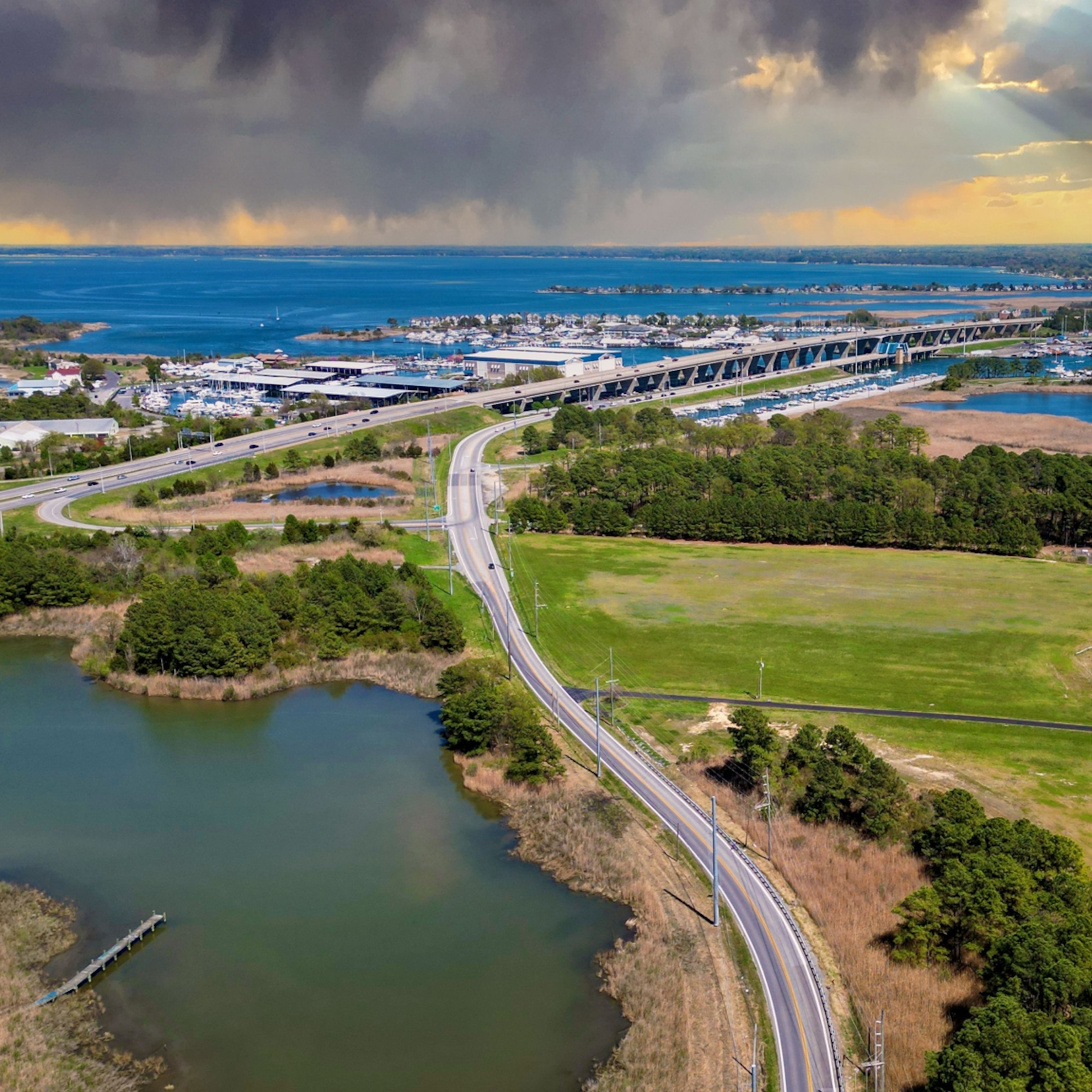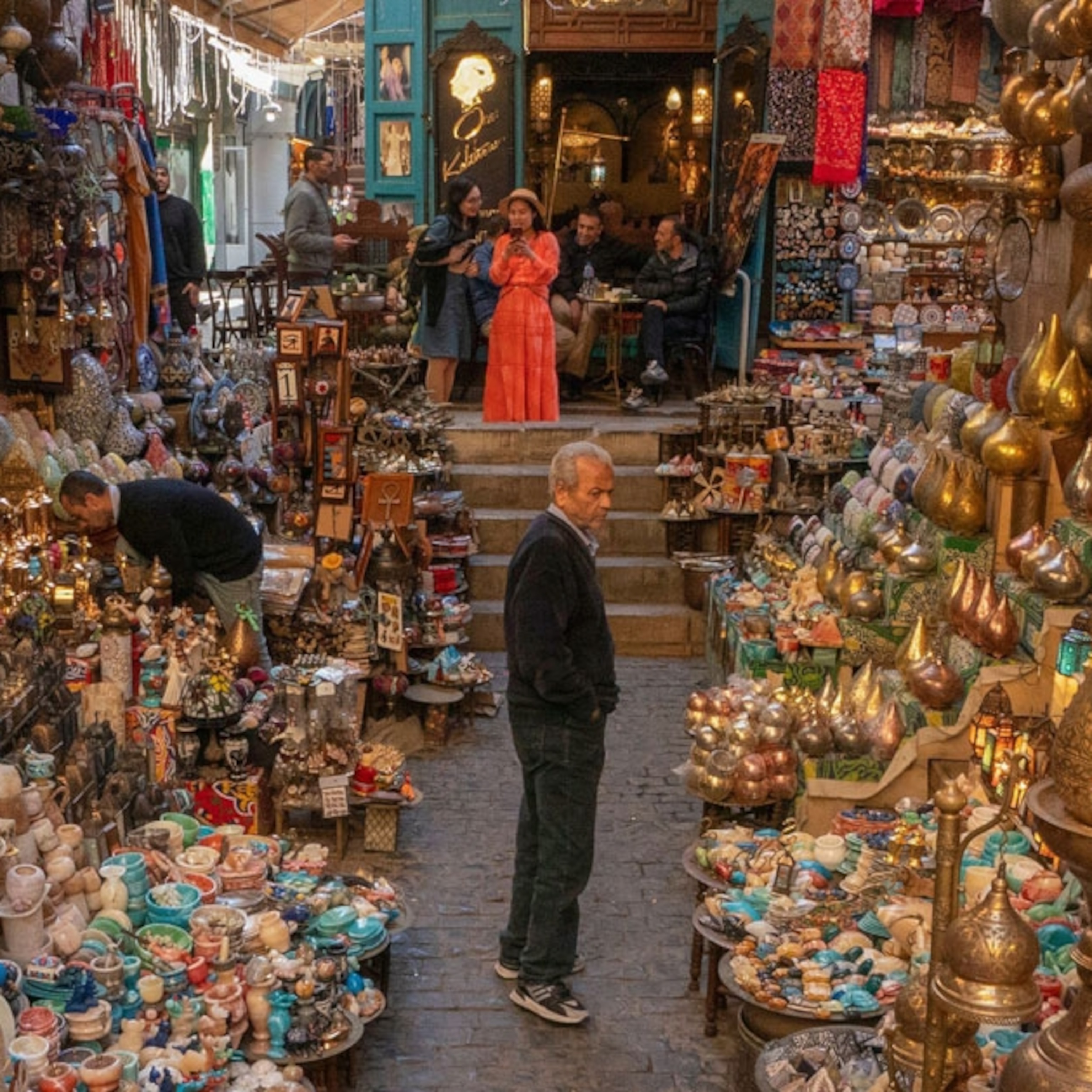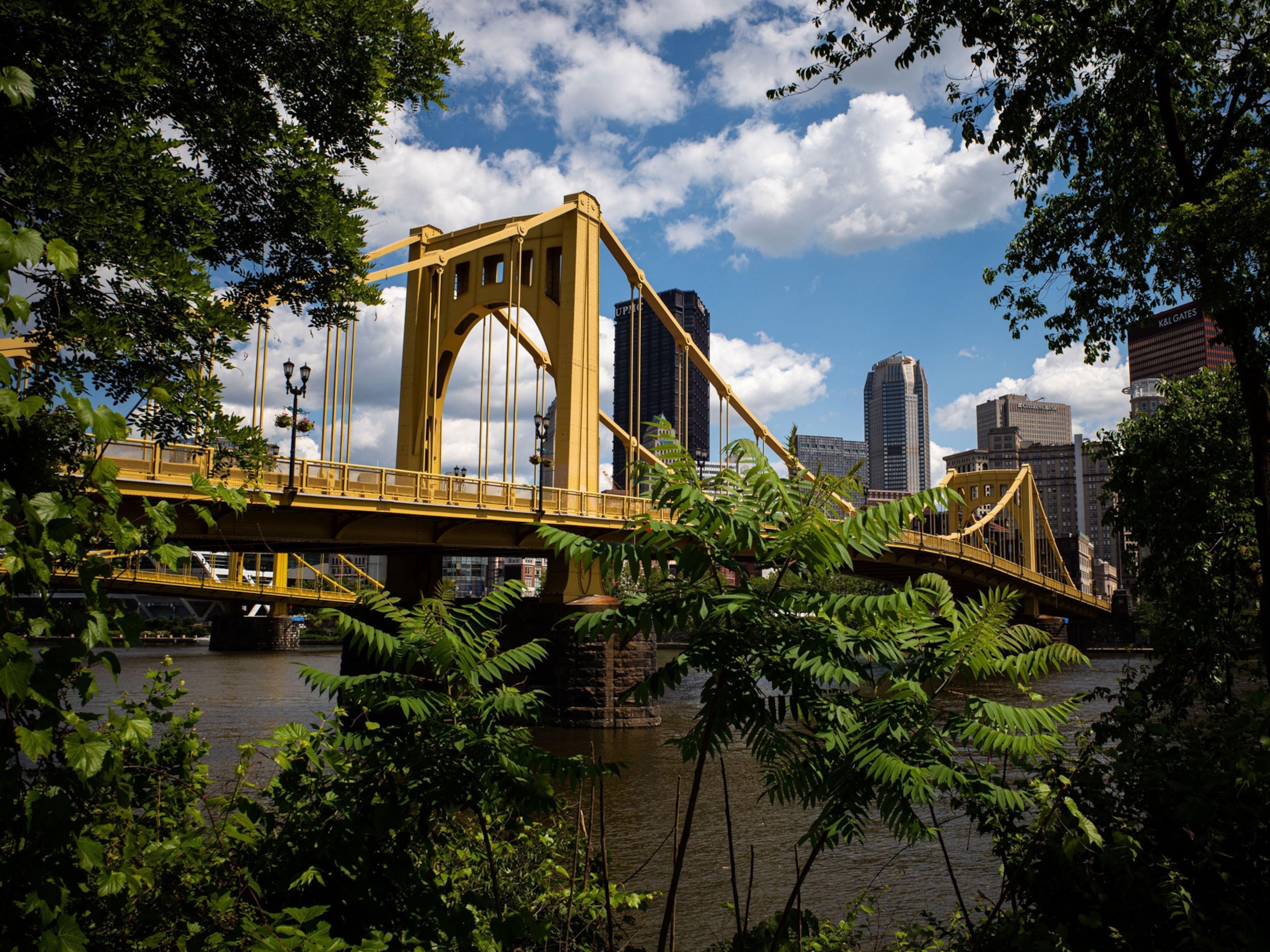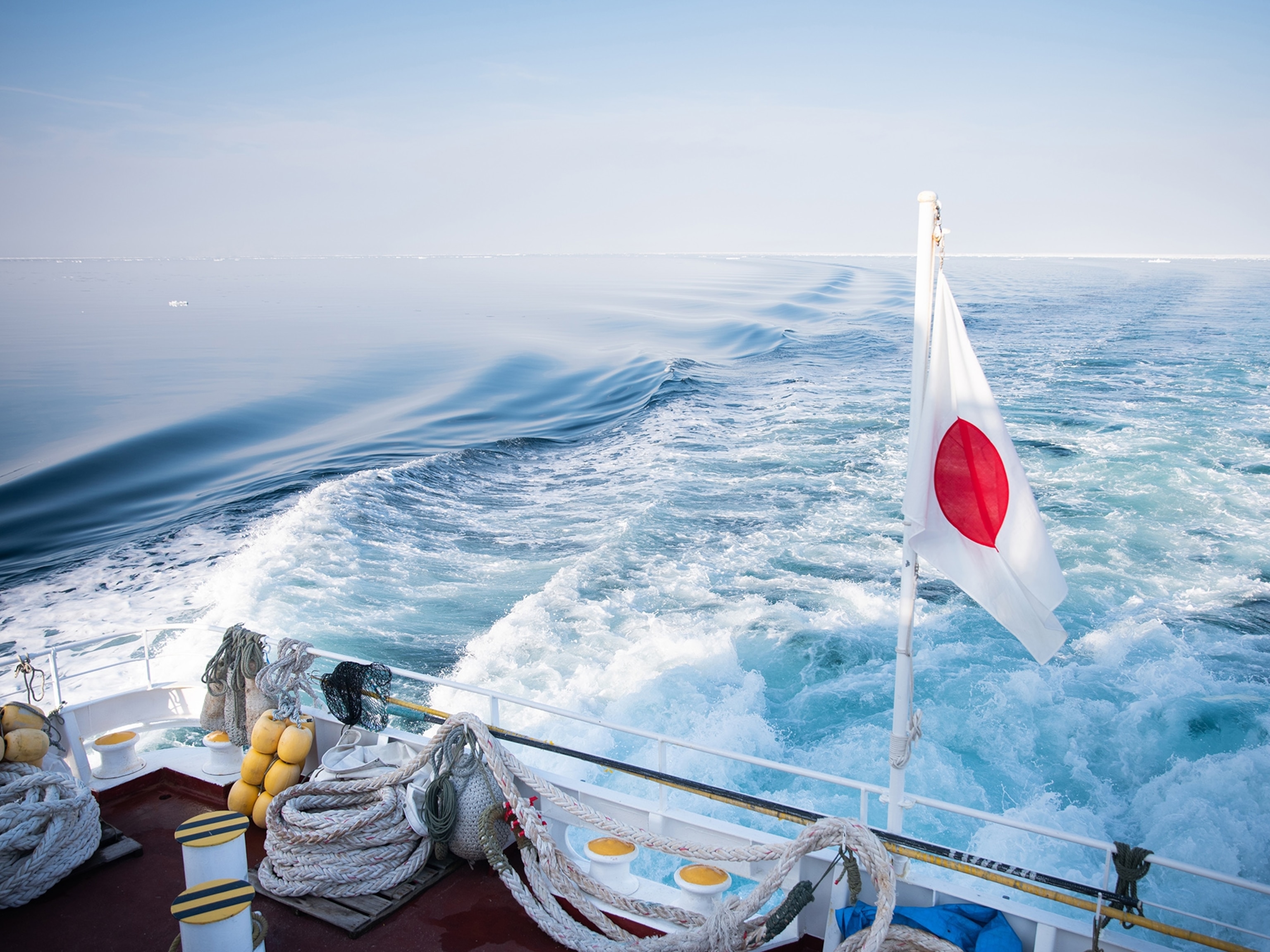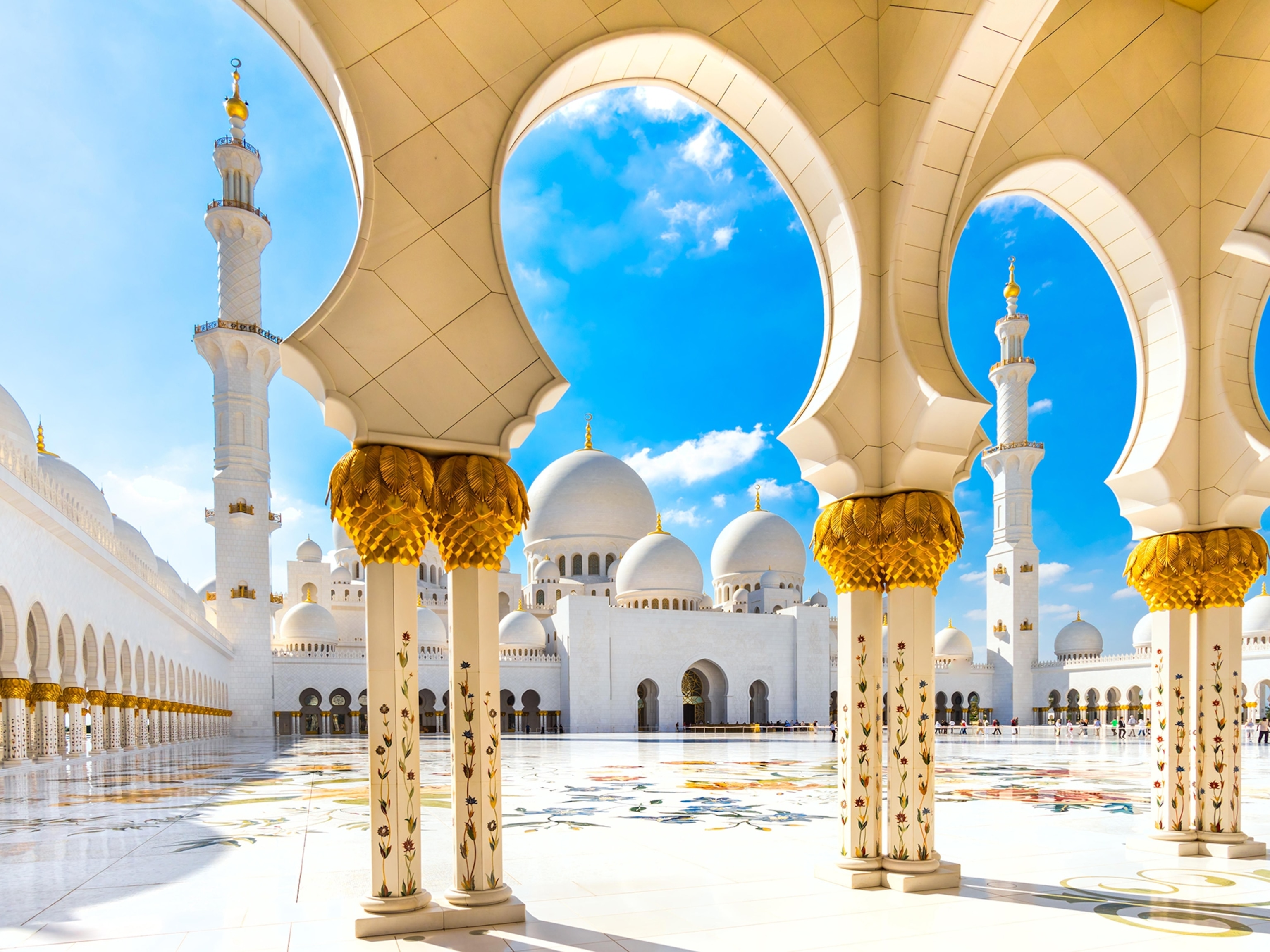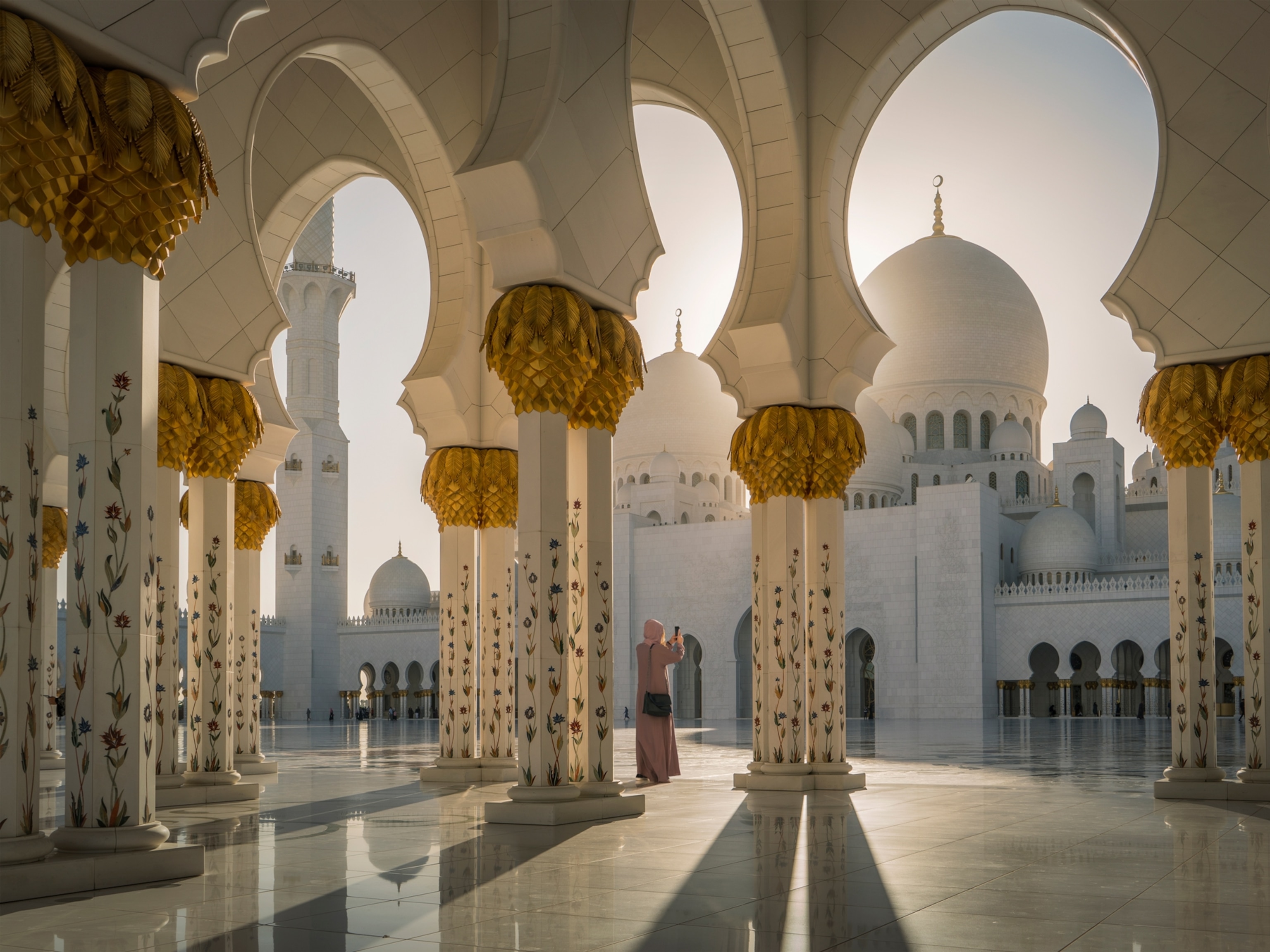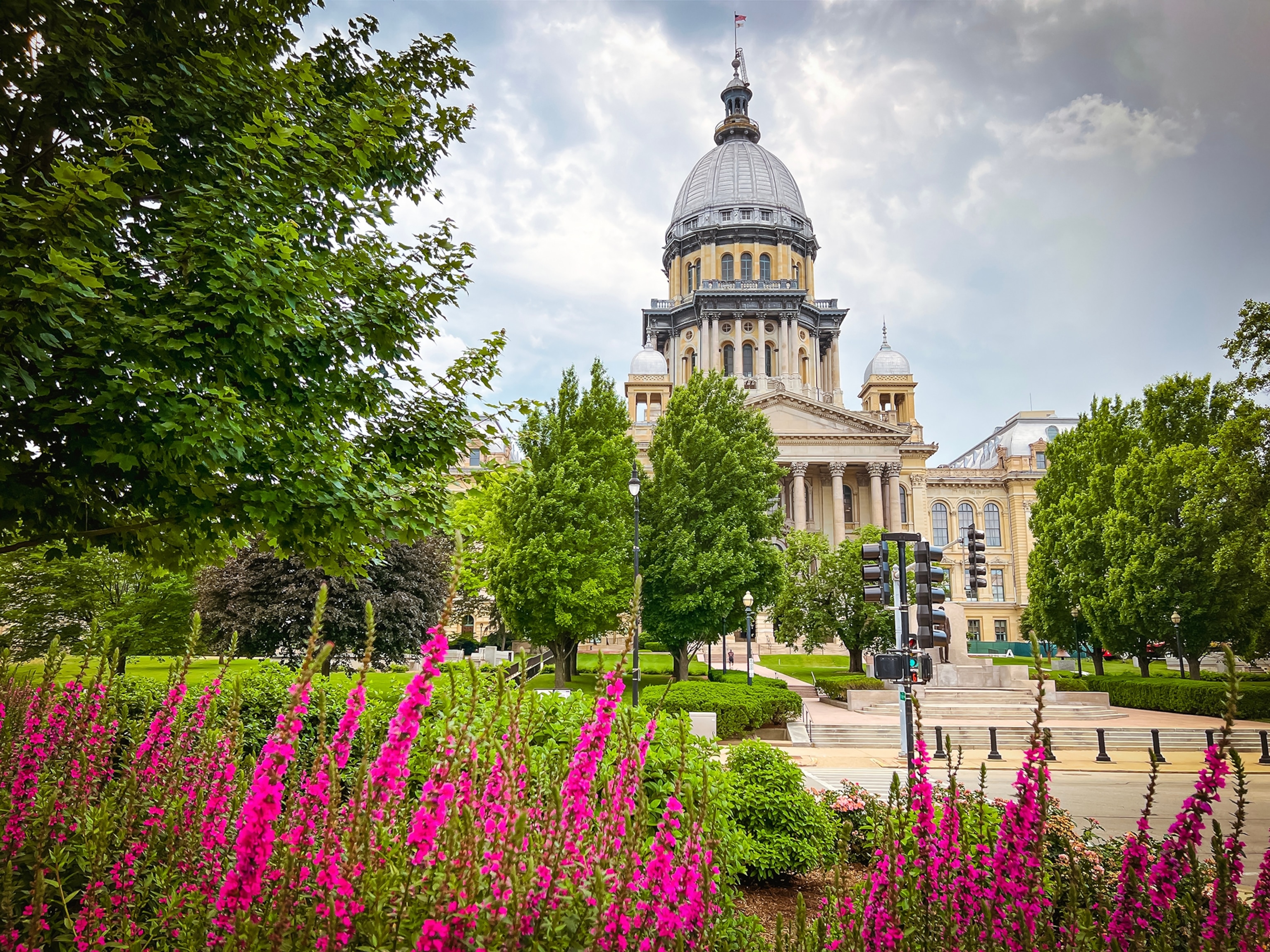
Visit this historic Swiss city beneath the ‘dragon mountain’
Lakeside Lucerne offers Alpine adventure, picturesque strolls, and plenty of delectable dining.
There’s no denying it: Lucerne plays in to every cliché about the romantic Swiss getaway. Perfectly poised at the foot of the Alps in the Swiss-German speaking part of central Switzerland, the city’s namesake lake reflects the snowy peaks—including Mount Pilatus and Mout Titlis, popular day trip destinations. The River Reuss cuts through the painted façades of Old Town, where couples huddle together over rösti and hot chocolate at riverside cafés.
Lucerne is as beautiful as its location is strategic. From the Zurich airport, hop aboard the clockwork-efficient Swiss railway system for the hour-long ride to Lucerne. Consider the Swiss Travel Pass, which allows unlimited travel on trains, buses, and boats as well as discounts on mountain railways.
Here’s how to spend a perfect weekend in Lucerne.
Day 1: Sightsee along the river
10 a.m. Start your exploration at the Old Town (Altstadt)—a warren of medieval squares and cobblestone alleys lined with brightly frescoed façades. Most of the Old Town is spread across the north bank of the River Reuss. On the south bank is the 17th-century baroque Jesuit Church of Saint Francis Xavier, defined by its dull-green twin onion domes and grand marble stucco interiors. The flower-lined, 14th-century wooden Chapel Bridge (Kapellbrücke) runs diagonally across the river, past the octagonal Water Tower (Wasserturm) to a string of hotels and cafés lining the north bank.


Further down the river is Lucerne’s second covered wooden footbridge, the Spreuer Bridge (Mill Bridge), built in 1408 and painted with triangular panels depicting grinning skeletons in everyday human scenes. Next to the bridge, the Needle Dam regulates the water level of Lake Lucerne with wooden water spikes. In winter, riverside stalls sell marroni, or roasted chestnuts.
12 p.m. Cross either bridge to linger over cheese platters and hot chocolate at alfresco riverside cafés, where menus are scrawled on blackboards and dragged over to your table. The brick-roofed Rathaus, the 17th-century town hall and meeting place, now houses its own brewery and restaurant in the basement.
3 p.m. Behind the line of hotels along the river, Lucerne’s centuries-old squares—complete with fountains and elaborately frescoed buildings—now house boutiques and cafés. Many of the façades are restored originals, depicting stories of the tradesmen who lived and worked here. At Kappellplatz (Chapel Square), the site of the annual Lucerne carnival, stands the iconic Fritschi fountain, the intricately painted Fritschi restaurant in a 17th-century building, and the nearly-900-year-old St. Peter’s Chapel.
Continue the sightseeing tour with the 17th-century Hofkirche and its neighboring Lion Memorial, which commemorates the Swiss guards who fell fighting for King Louis XVI during the French Revolution. The adjacent Glacier Garden displays natural remnants from the last Ice Age 20,000 years ago—polished boulders and deep glacial potholes, fossilized mussels, and palm leaves. Children will enjoy the Alpineum Museum just opposite the monument, especially its lifelike diorama of Alpine peaks. Finish up at the Bourbaki Panorama, a gigantic circular painting of the Franco-Prussian War.
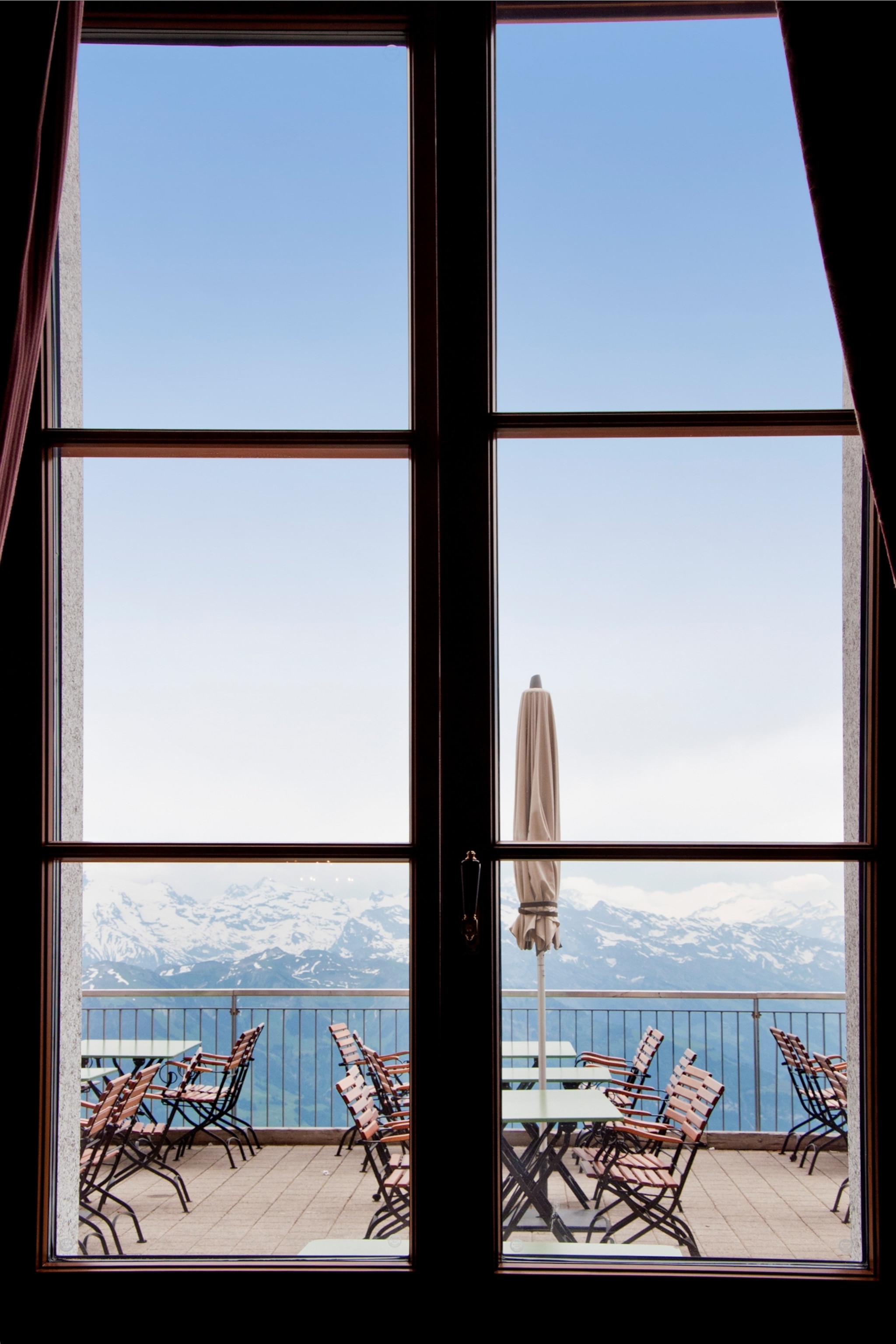
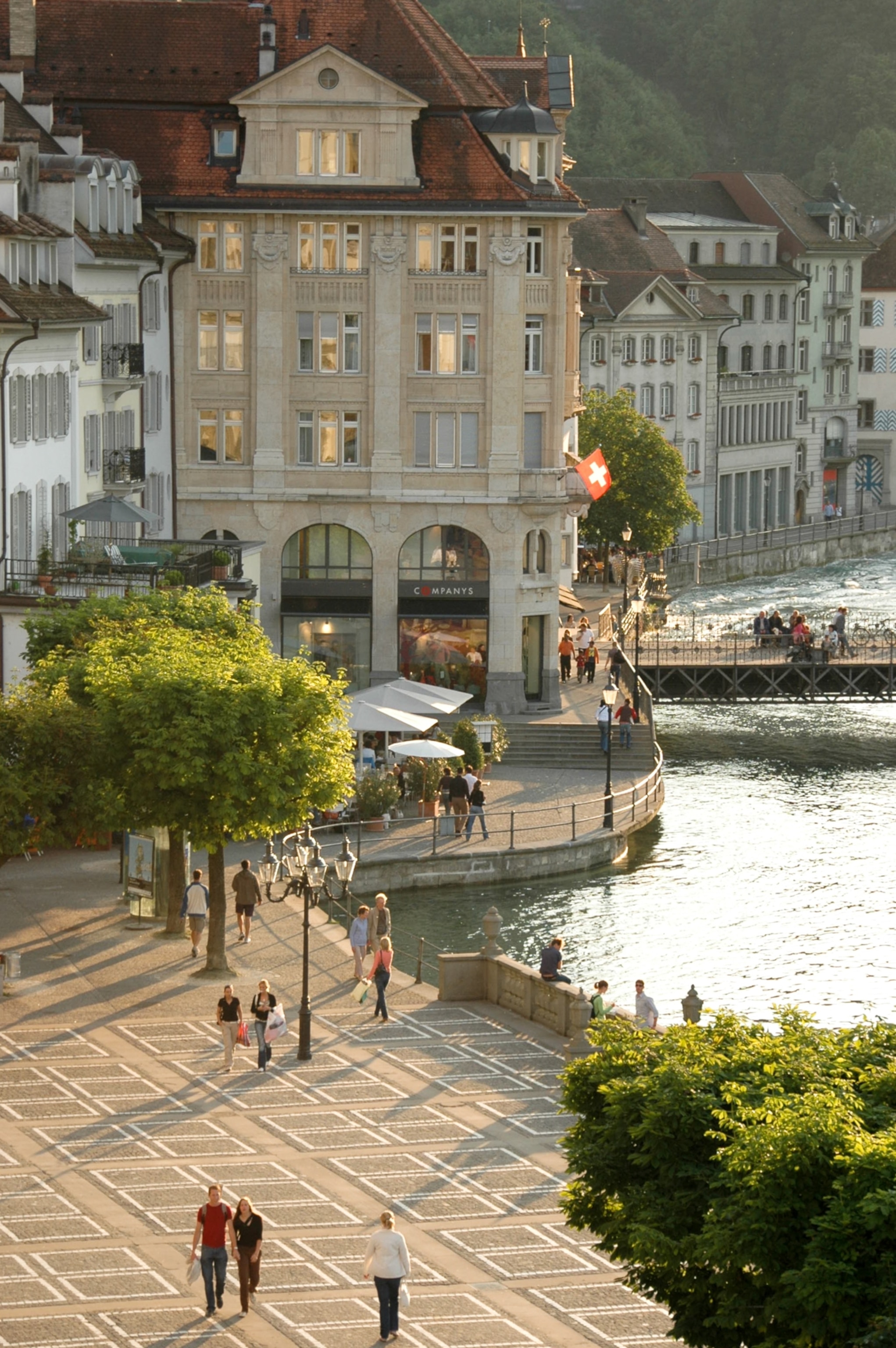
6 p.m. Try traditional fondue at Zunfthausrestaurant Pfistern, a restaurant located in a 14th-century guild house, or take in a quiet dinner of rösti by the riverside at Wirtshaus Taube. For dessert, head off in search of Swiss chocolates and specialty cheeses. The decadent creations at Max Chocolatier and Heini are handmade. Chäs Barmettler is an independent cheese shop with a range of regional variants, including the famed Swiss Gruyère.
Day 2: Wander museums and cruise the lake
9 a.m. Head to the railway station (Bahnhof) for a morning spent enjoying the city’s vibrant art scene, starting with the ultra-modernist, steel and glass Kultur- und Kongresszentrum Luzern, or KKL. The popular concert and festival venue also houses the Museum of Art, which constantly changes its contemporary art exhibits. Five minutes away, the Rosengart Collection showcases more than 300 works by 19th- and 20th- century great masters, including Pablo Picasso, Paul Klee, and Pierre-Auguste Renoir.
12 p.m. People-watch along the lively waterfront promenade, where kids rollerblade and old men play pétanque, a ball game similar to bocce. Stop in at the art deco Hotel Montana for lunch at the chic Scala restaurant. The lamb chops with leek, apple, and beetroot gnocchi and the potato gnocchi with celery cream and horseradish are equally delicious whether enjoyed on the open-air lakeview terrace or in the heated conservatory.
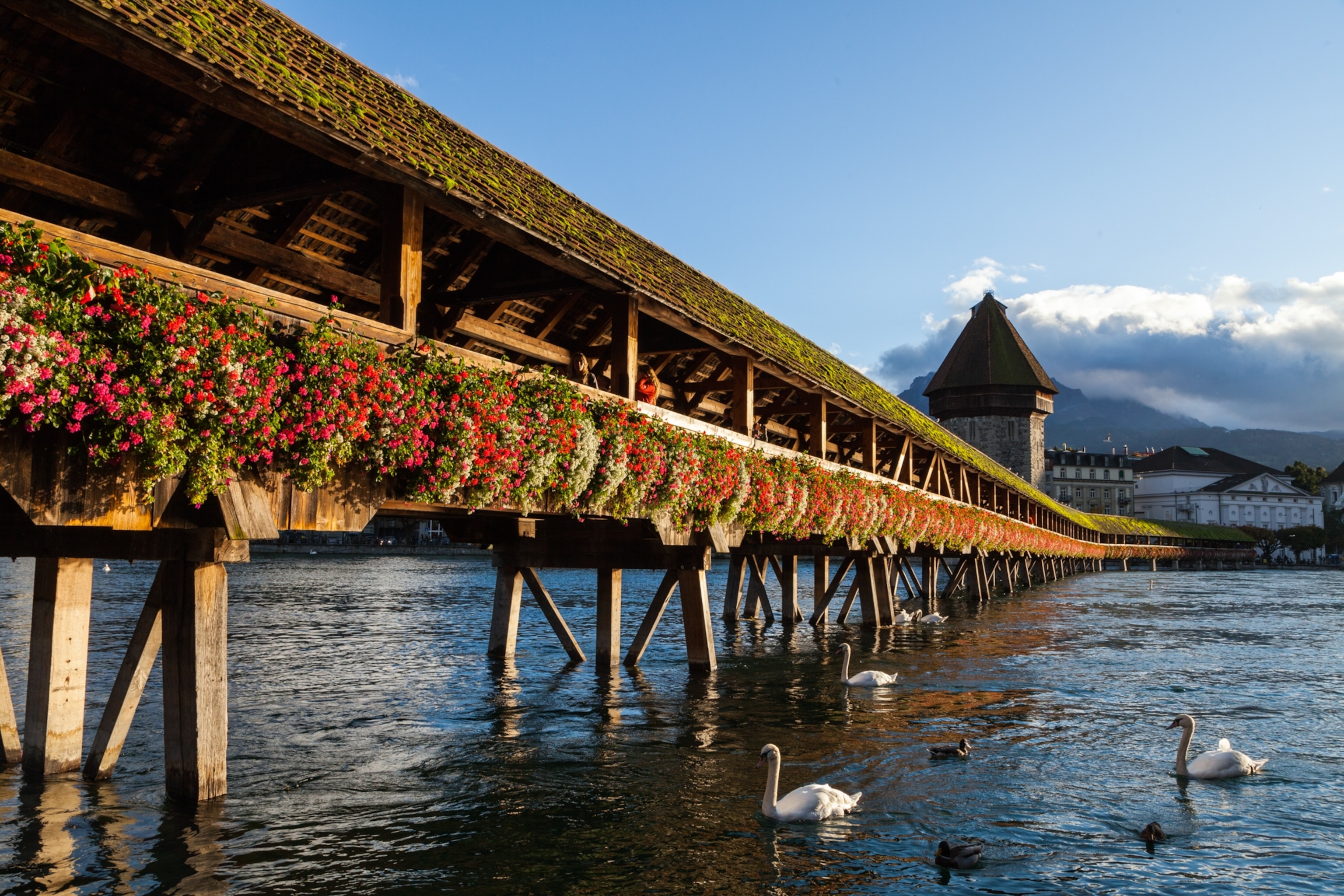
1 p.m. Take in Lucerne’s scenic charms with an hour-long lake cruise on the panorama yacht M.S. Saphir, which departs from just across the Bahnof. With a convertible roof left open on days when the weather is good, the cruise covers the main sights, includes an audio guide, and affords grand views of the Alps.
3 p.m. After disembarking, walk or bus to the Swiss Museum of Transport, which traces the history of road, rail, water, and air navigation through simulators and multimedia displays. Don’t miss the vintage locomotives. The museum complex includes a film theater and planetarium, but the grand bonanza for kids is the Chocolate Adventure, an interactive ride exploring the history and making of chocolate through visuals, smells, and tastings. Grab a light bite at the in-house restaurant Mercato, or take snacks across the street for a picnic at the lovely lakeside park where ducks waddle in and out of the water.
6 p.m. Wander back to Old Town for dinner and a show at Stadtkeller, a venue for live music and traditional folk performances, including yodelers and alphorn players. End the night with a characteristically Swiss dessert: a cheese platter accompanied by dollops of relish, jelly, walnut, fig, mustard, and bread.
Day 3: Take an Alpine train ride
10 a.m. Towering over Lucerne, 6,995-foot-high Mount Pilatus makes for a great day trip. Board a train from the Luzern Bahnhof to Alpnachstad, then transfer to the fire-engine-red Pilatus Railway, a 126-year-old cogwheel railroad—the world’s steepest, it trundles up the mountainside at angles sometimes as sharp as 48 degrees, gaining more than 5,000 feet of elevation. Operating from May to November, the train lets visitors watch the meadows slowly give way to Alpine vegetation. In off months, take the bus to Kriens to catch a cable car up to the peak of Pilatus.
3 p.m. Walk the winding Dragon Path around the mountain and through tunnels with large windows and viewing platforms that afford stunning vistas of Lucerne far below. Artwork by noted Swiss artist Hans Erni adorns the walls with depictions of the dragon legend.
In summer, indulge your active side at the Rope Park or the Toboggan Run. Grab a bite at the upscale Queen Victoria restaurant at Hotel Pilatus-Kulm or the self-service restaurant with a sun terrace at the Hotel Bellevue. Stop in the roofed Panoramic Gallery, which links the two hotels, for breathtaking views of the mighty Alps.
- National Geographic Expeditions

